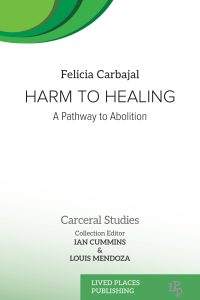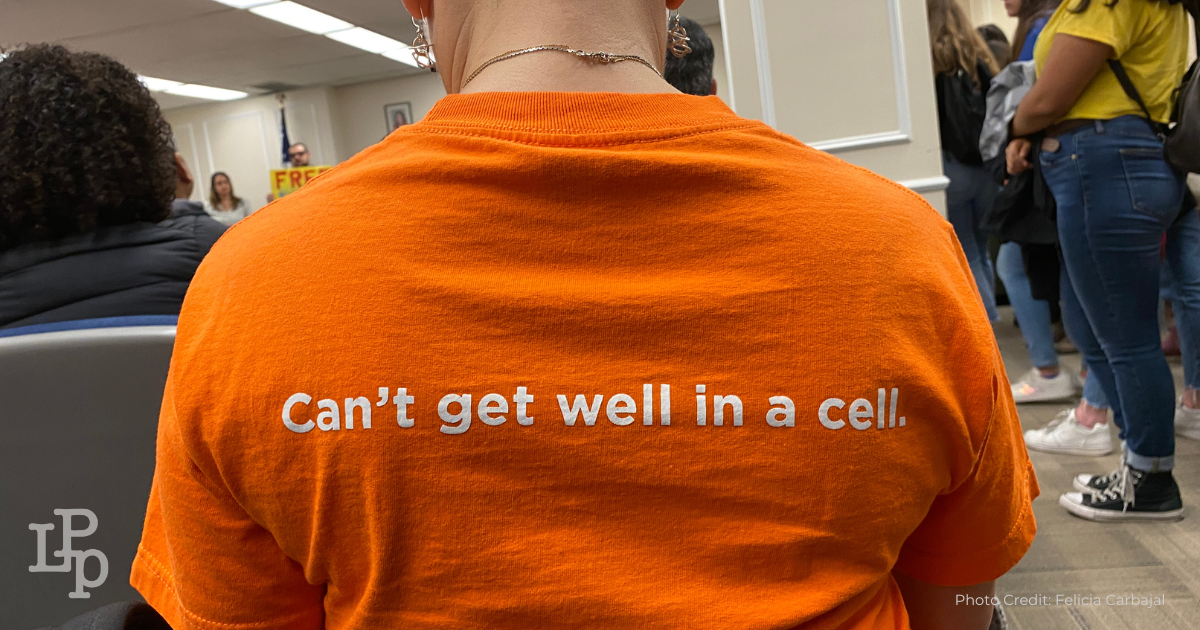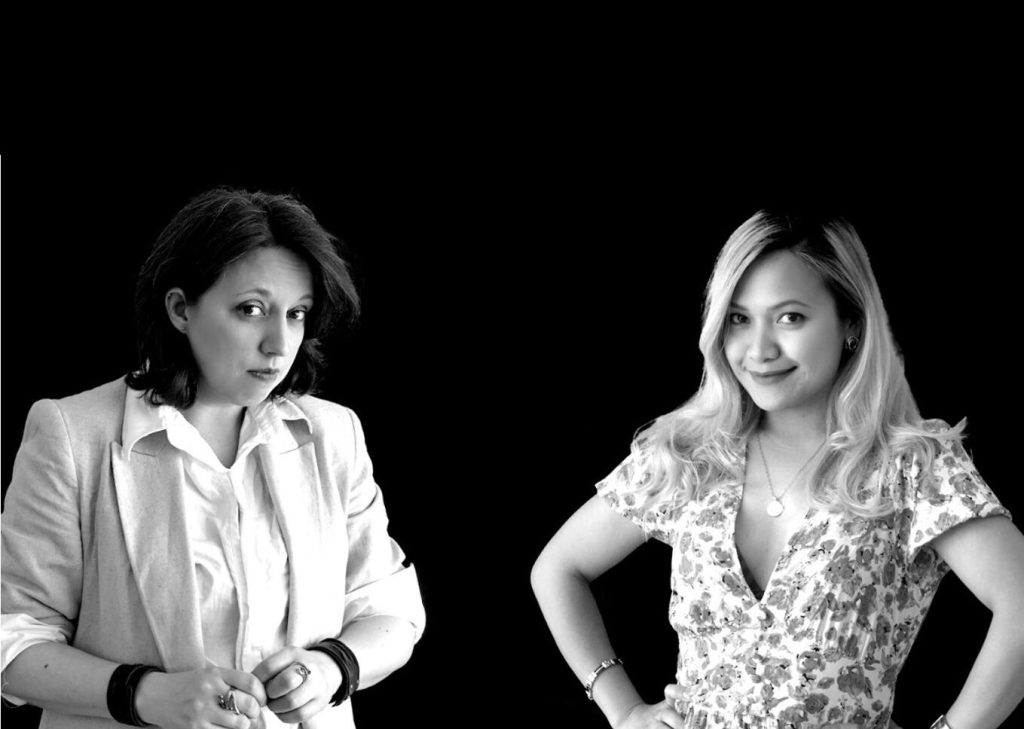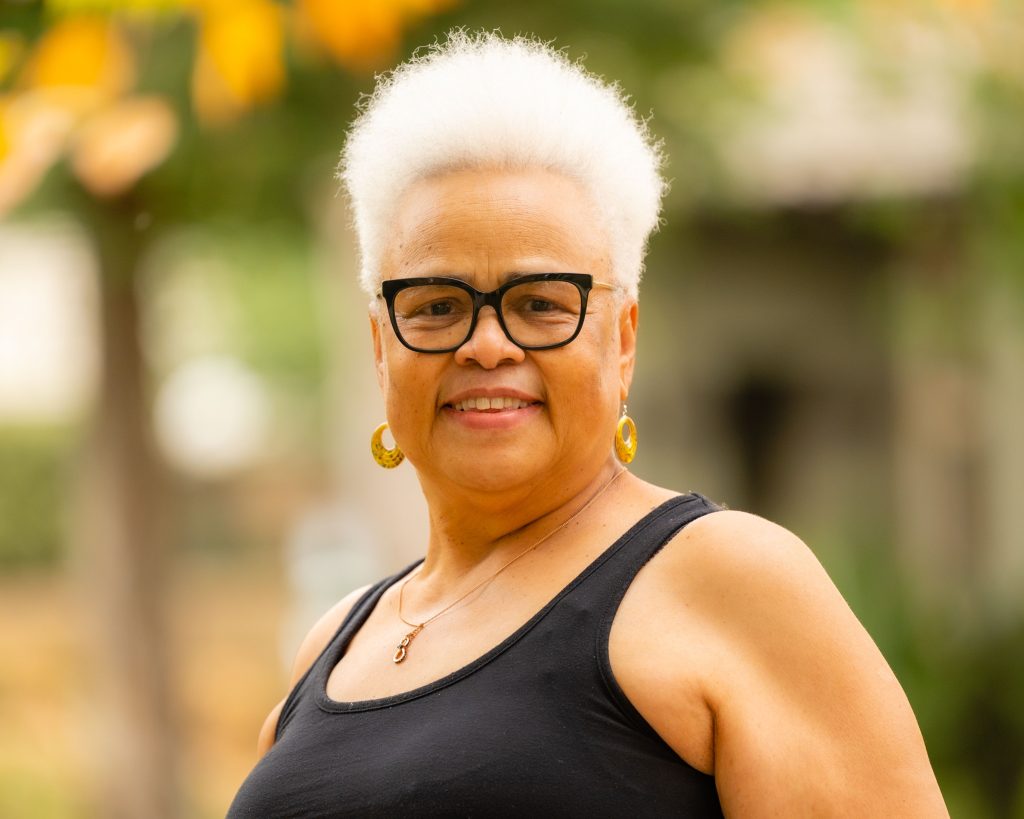A timely narrative that resonates with the ongoing fight for liberation for all.
Survival in a world built on punishment is not just an act of defiance but a testament to the resilience of those who have been criminalized—Black, Brown, Indigenous, LGBTQ+, and poor communities. Their struggle is not just against incarceration, but against a society determined to strip them of dignity and opportunity long after they’ve been released.
Harm to Healing is more than a personal narrative. It is a reckoning. It lays bare the injustices woven into the foundation of the so-called justice system, and it demands a shift—not toward reform, but towards true liberation.
A System That Was Never Designed for Justice
Democracy claims to stand for freedom, but for millions of people in the United States, democracy has always meant something else: exclusion, surveillance, and criminalization. From an early age, many in Black, Brown, and queer communities learn that the system is not broken—it is working precisely as intended. The oppressive carceral state was never meant to rehabilitate; it was built to suppress our existence.
People disappear into prisons, only to reemerge years later, still shackled by the barriers society places in their way. Formerly incarcerated individuals are more frequently denied jobs, housing, and even the right to vote. The message is clear: freedom is conditional, and it is never truly granted for most.
This is all too true as I was forced to live in a white supremacist-run sober living in an affluent LA neighborhood when I first came home as there were no halfway houses for women/non-binary folks. I had to choose between remaining “free” in a troubled situation where I was constantly criticized for just being or being sent back to prison. The owners of this network of homes benefited from the white privilege they had enough to now profit off of us and they too were formerly incarcerated. For 6 months post being released I was still shackled to a situation.
Those who have lived through this system know a truth that policymakers and politicians refuse to acknowledge—justice does not come from cages. Safety is not the result of incarceration. Real safety is built through care, community, and resources that provide people with what they need to survive and thrive.
A Renewed Assault on Marginalized Communities
The reality that the carceral system was never intended to bring about true justice is compounded by a political climate that continues to target and criminalize Black, Brown, Indigenous, and LGBTQ+ communities. Despite ongoing calls for equity and accountability, current administrative policies and legislative actions have intensified surveillance and criminalization. These attacks are not merely vestiges of a bygone era; they represent an aggressive continuation of strategies designed to marginalize and disenfranchise.
We see it in the escalated rhetoric around “law and order,” which disproportionately frames Black and Brown communities as perpetual threats to white people. We see it in the unrelenting push for harsher sentencing laws under the guise of being “tough on crime,” a well-worn slogan that has historically resulted in mass incarceration. We see it in the wave of legislation targeting trans youth, attempting to eliminate their access to healthcare, education, and public spaces—further criminalizing the very existence of those who do not fit a narrow definition of identity. Rather than addressing systemic inequities, such as poverty, discrimination, and a lack of essential resources, this administration’s approach too often relies on punitive measures that scapegoat communities already forced to the margins.
The policing and surveillance doesn’t stop with our citizens, however, as those same tactics are routinely utilized against immigrants as well. Families are torn apart by deportations, and immigrant detention centers continue to expand. Meanwhile, efforts to secure comprehensive immigration reform are met with resistance, and asylum seekers find themselves trapped in legal limbo or forcibly returned to dangerous conditions. These policies do not foster safety; they perpetuate these cycles of harm that benefit the prison-industrial complex, profiting off the detention of the most vulnerable.
Among the machinations of control and suppression, we are seeing that across numerous states, legislative bills have been introduced or passed that restrict voting access, including cuts to early voting and stricter voter ID requirements. These moves disproportionately affect Black, Latinx, and Indigenous communities—echoing a long legacy of disenfranchisement. For those who have been formerly incarcerated, the right to vote remains precarious, with many states maintaining strict or convoluted rules for reentry and reintegration. It is yet another mechanism to suppress the voices of people whose lives and livelihoods remain under the thumb of systemic injustice.
Despite the work of abolitionists and activists, the funding priorities of the current administration reveal the same punitive approach with no intention of change. Budgets continue to favor the expansion of over-policing and militarized border control while slashing—or outright ignoring—programs that invest in mental health services, affordable housing, education, and job training. The result is an environment where marginalized communities are policed at every turn, forced into precarious living situations, and then blamed for the conditions imposed upon them. These policies serve to reinforce the vicious cycle of criminalization and incarceration that “tough on crime” politics have fueled for decades.
The direct impact on these communities cannot be overstated. Violence against transgender individuals, particularly Black trans women, is on the rise. Racial profiling and biased policing lead to increased encounters with law enforcement for Black and Brown people. Indigenous communities continue to contend with the extraction of resources from their lands and the violation of treaty rights—often enforced through invasive policing tactics. Meanwhile, poverty is criminalized through ordinances targeting homeless individuals, who are overwhelmingly from marginalized backgrounds and often denied access to safe housing and essential social services.
All these interconnected strands point to one undeniable conclusion: the current administration, much like many before it, is investing in repression rather than redemption, in punishment rather than possibility. It doubles down on the very mechanisms that perpetuate harm, failing to acknowledge that true public safety and social well-being can only emerge from policies rooted in compassion, equity, and support. By intensifying these assaults on marginalized communities, the administration not only betrays the fundamental ideals it claims to uphold—it also guarantees the deepening of systemic cycles of harm. Yet, amid these seemingly insurmountable challenges, hope and resistance persist. Grassroots organizers, activists, and formerly incarcerated individuals refuse to be silenced. They continue to mobilize against policies designed to fracture communities, calling for a reimagining of what safety and justice can look like. Their work is a bold declaration: despite institutional setbacks and the relentless efforts to criminalize difference, the fight for liberation remains ever-vital. And it is in their collective resistance that we find the seeds of transformation, a reminder that survival itself can be a powerful act of defiance.
Healing as Rebellion, Liberation as the Only Goal
In a society that profits from punishment, healing is a radical act. It is a rejection of the shame imposed by the state, a refusal to see oneself as disposable. It is the recognition that the people most impacted by criminalization are not broken—the system is. And it is a collective journey, a shared resistance against the status quo.
Harm to Healing clarifies that healing is not just a personal journey. It is political. It is collective. It is resistance. It requires us to look at the world through a wider lens. It is asking the hard questions about fairness and justice. It is us coming together and sharing our connection to incarceration and criminalization. By stepping into the light of knowledge and understanding we reclaim not a true and accurate narrative but we begin to understand why the personal is political. The book challenges readers to stop asking how the system can be reformed and start demanding what has always been necessary: abolition.
This is not just a call for second chances but a demand for freedom without conditions. A world where justice is not synonymous with punishment. A world where those who have been most harmed are the ones leading the way forward.
A Call to Action
This book is an ancestral battle cry. It is an urgent invitation to listen, to learn, and most importantly, to act. Because justice cannot wait. Liberation cannot wait. And for those who have survived the worst of what this system has to offer, healing is not just necessary—it is the most powerful weapon of all. If you feel that tug in your soul connect with the community, stay curious and most importantly remain dangerous with your desires for a more just society.
What impact on the safety of incarcerated individuals does race, gender, and sexual orientation have?
 Drawing on the lived experiences of survivors of harm and incarceration and personal experience, author Felicia Carbajal reflects on the correlation between growing up and living in an underserved community and being incarcerated. Harm to Healing examines how the language of abolition impacts the lack of safety and insecurity caused by mass incarceration and envisions a prison-free world.
Drawing on the lived experiences of survivors of harm and incarceration and personal experience, author Felicia Carbajal reflects on the correlation between growing up and living in an underserved community and being incarcerated. Harm to Healing examines how the language of abolition impacts the lack of safety and insecurity caused by mass incarceration and envisions a prison-free world.
An eye-opening examination of the criminal justice system, this book is ideal reading for students of Carceral Studies, Criminology, Gender Studies, Queer and LGBT+ Studies, Sociology, and Cultural Anthropology.
We want our books to be available to as many people as possible. If you’d like to purchase an individual copy, please email us and we’ll give you a discount code:
HEADER IMAGE CREDIT: Photo by Felicia Carbajal



